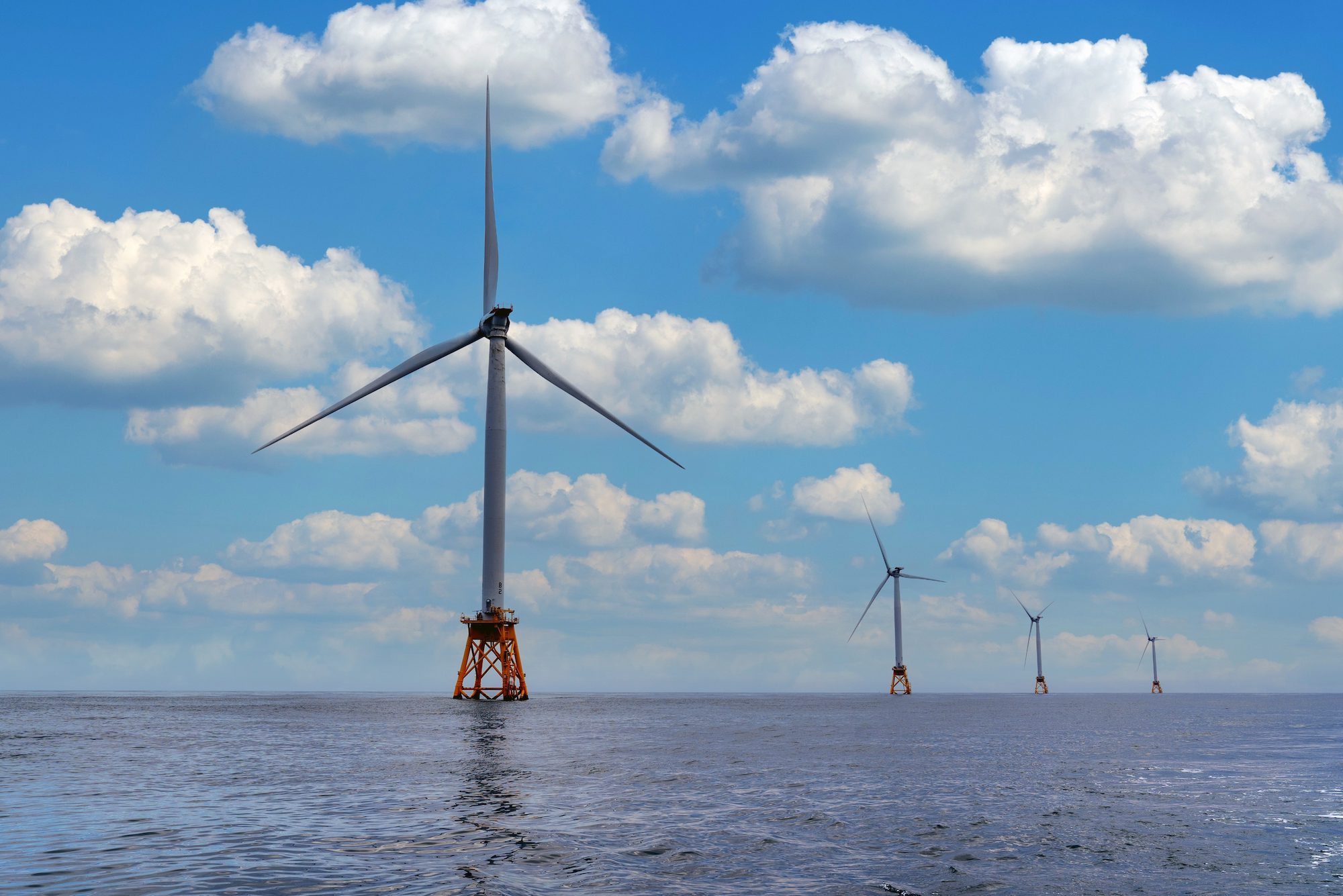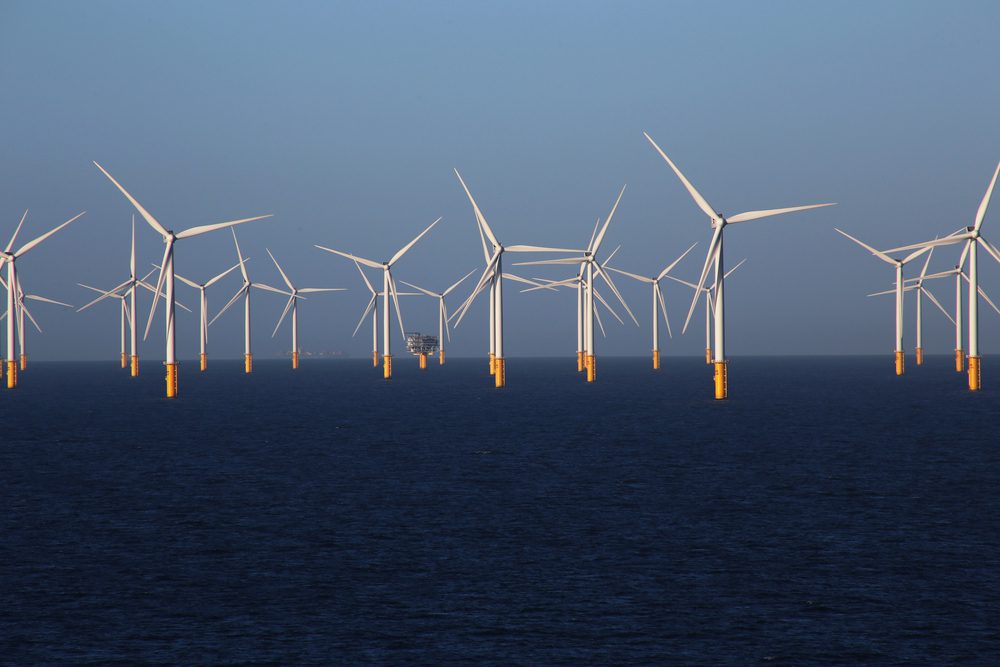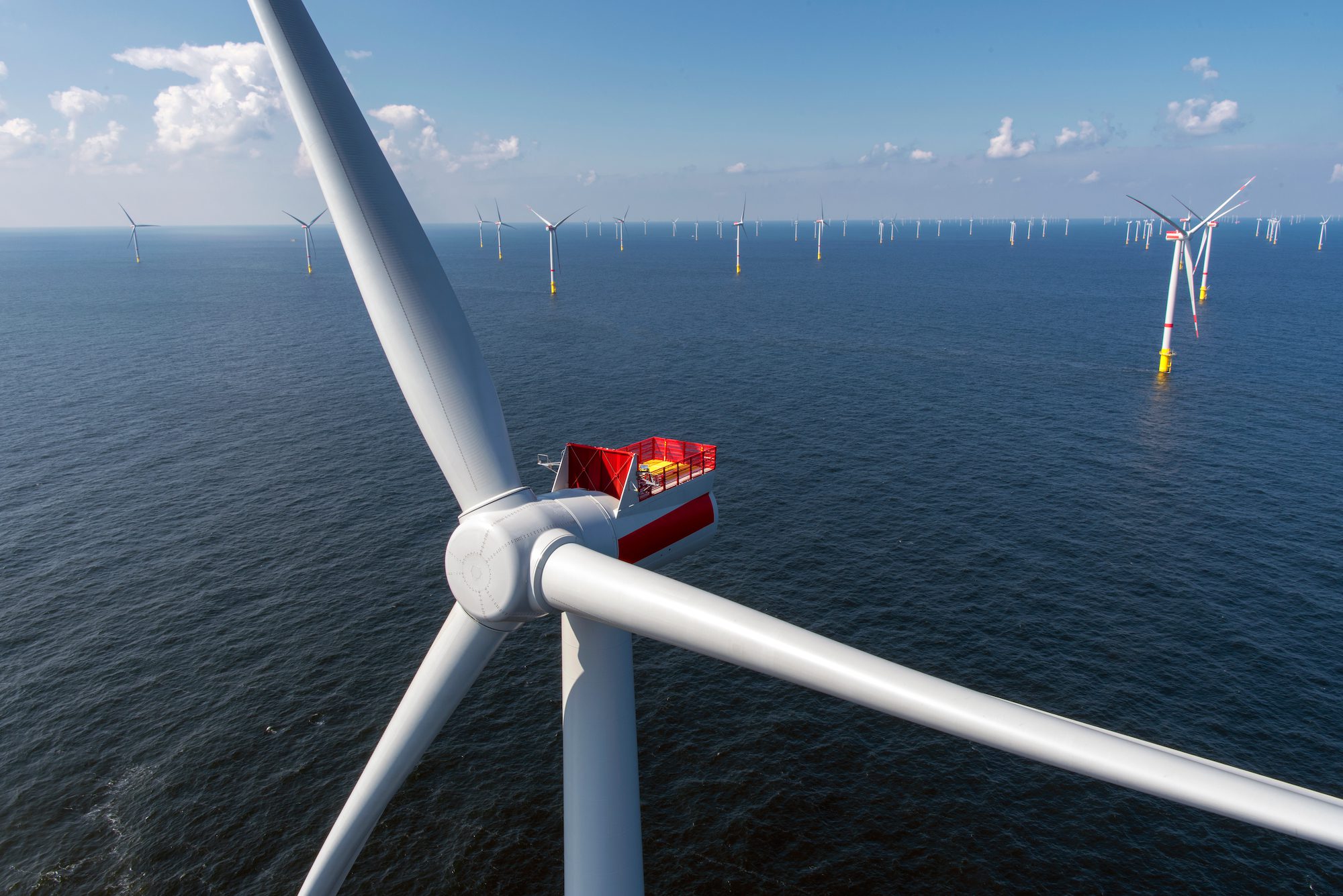The Bureau of Ocean Energy Management (BOEM), falling under the Department of the Interior and responsible for leasing for offshore energy development, will work NOAA Fisheries on a joint strategy to address potential impacts of offshore wind energy development on NOAA Fisheries’ scientific surveys.
“This joint strategy will help ensure the quality of NOAA’s fisheries surveys and data are maintained while the nation develops offshore wind energy,” said Janet Coit, assistant administrator for NOAA Fisheries, acting assistant secretary of commerce for oceans and atmosphere, and deputy NOAA administrator. “Our fisheries surveys allow NOAA to monitor important trends for individual species over time, with the broader goals of understanding marine ecosystems, particularly in the face of climate change, and supporting sustainable fisheries.”
The strategy comes following a environmental review of the first offshore wind energy project on the U.S. Outer Continental Shelf, which identified major adverse impacts on surveys conducted in the Northeast region. In response, a draft survey mitigation strategy was developed and made available for public comment earlier this year. Now finalized, the strategy identifies the essential components of mitigating the impacts of offshore wind energy development on the surveys.
For 150 years, the NOAA Fisheries’ scientists have collected survey data to help with the management of America’s federal fisheries, support the protection and recovery of fish and wildlife and endangered and threatened species, and coastal and marine conservation.
BOEM says the Federal Survey Mitigation Strategy underscores the agencies’ shared commitment to the Biden-Harris Administration’s goals of responsibly advancing offshore wind energy to 30 gigawatts (GW) of offshore power production by 2030, while also protecting biodiversity and promoting ocean co-use. To meet that goal, BOEM is targeting up to seven new offshore wind lease sales by 2025, including the three that have already taken place under the Biden Administration. A fourth covered waters off central and northern California is taking place later this month.
“BOEM values our partnership with NOAA to proactively address key challenges as we work together to achieve the Administration’s ambitious offshore wind goals,” said Amanda Lefton, BOEM director. “We are committed to incorporating the best available science into our decision making processes as we continue to advance the Biden-Harris administration’s goal of deploying 30 gigawatts of offshore wind energy by 2030. By taking an all-of-government approach, we can leverage the expertise and resources of our federal partners to ensure responsible development of offshore wind energy.”
The strategy, while focused on New England and the Mid-Atlantic, will also serve as a model to address the impacts of offshore wind on NOAA Fisheries surveys in other regions.
To date, BOEM has held 10 offshore wind lease sales and has issued 27 active commercial wind leases in the Atlantic Ocean from Massachusetts to North Carolina.
Nationally, NOAA Fisheries assesses the status of approximately 450 fishery stocks, 200 marine mammal stocks, and 165 threatened and endangered species. These assessments rely on more than 50 long-term, standardized surveys, many of which have been ongoing for more than 30 years.

 Join The Club
Join The Club










